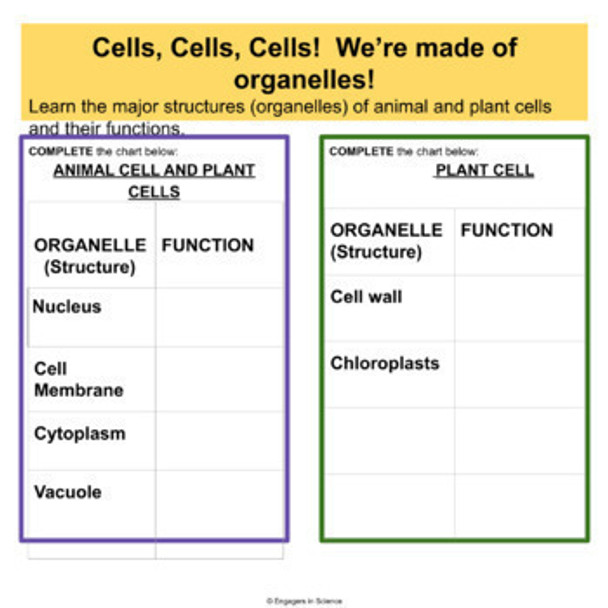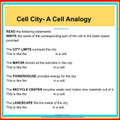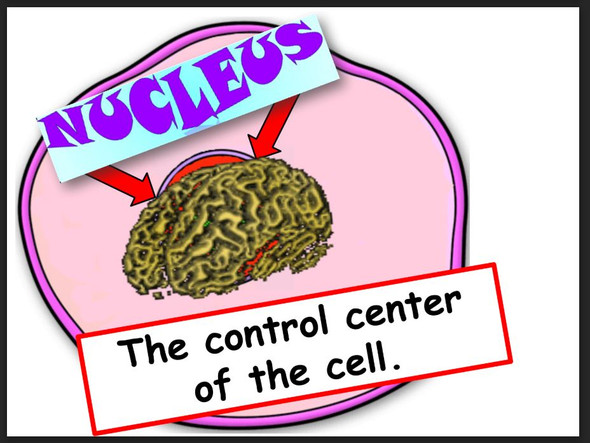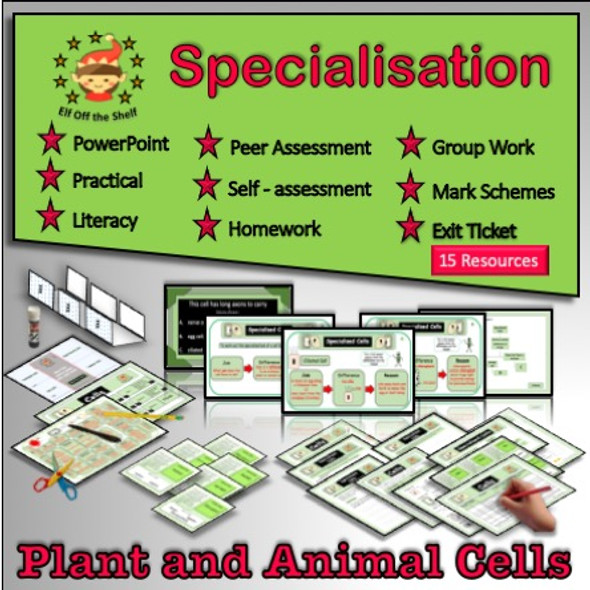Description
These lessons are some of our favorites! They are all classroom tested and ready for immediate implementation. Within this series of highly engaging lessons, you will find embedded formative assessments and content rich activities which meet the NGSS standards listed further below. They are fully aligned with the philosophy of the NGSS with a focus on deeper understanding of content as well as application of content. Students will be able to answer the essential question “How are cells organized to maintain life processes?"
Included in this unit package are google slides for presentation to the class (15 slides), a detailed teacher booklet with instructions and student worksheets (19 pages) with all the information needed for the investigations, readings, and assessments. Teachers can choose between formats Google or PDF.
Your students will be introduced to cells and organelles in a variety of activities in order to explore and answer these two questions:
“How are cells organized to maintain life processes? What roles do the organelles play?
What is the structural difference between animal and plant cells?
To answer these questions they will first read informational text with labeled graphics and complete a graphic organizer. This initial lesson will give them some valuable information about cells which they can then build on using links for an interactive cell modeling activity.
After this lesson, they will explore a model of a plant or animal cell with organelles. (MS-LS1-2: Develop and use a model to describe the function of a cell as a whole and ways the parts of cells contribute to the function.) This model can be easily demonstrated or teachers can make student kits with simple materials (optional).
A fun way to engage them and introduce further organelles is the entertaining and social activity “Organelle Tea Party”!
To further cement their knowledge of organelles they will build an edible cell with a labelled key.
Next, the students will be introduced to a cell analogy of how a cell is like a city and how the parts function to maintain all of the life processes. In this formative assessment, students will answer questions using their new knowledge of cells and organelles based on an understanding of something familiar to them (the cell in comparison to a city). This formative will serve as a check for their understanding of the functions of the organelles and how they work together like the parts of a city.
NGSS Standards
MS-LS1-1: Conduct an investigation to provide evidence that living things are made of cells; either one cell or many different numbers and types of cells.
MS-LS1-2: Develop and use a model to describe the function of a cell as a whole and ways the parts of cells contribute to the function.
Structure and Function
Students will identify the special structures within cells and their specific functions for cells to carry out processes.
Included in this resource:
15 Teacher slides for presentation
15 pages of teacher notes
5 pages student worksheets
Email any questions you have with the subject line “Questions on cell organelles” to us at engagersinscience@gmail.com and we’ll be happy to answer them.
Other teaching resources for sale in our Engagers in Science store can be accessed by using the link below:
https://ampeduplearning.com/teacher-contributor-stores/science-contributors/engagers-in-science/


























